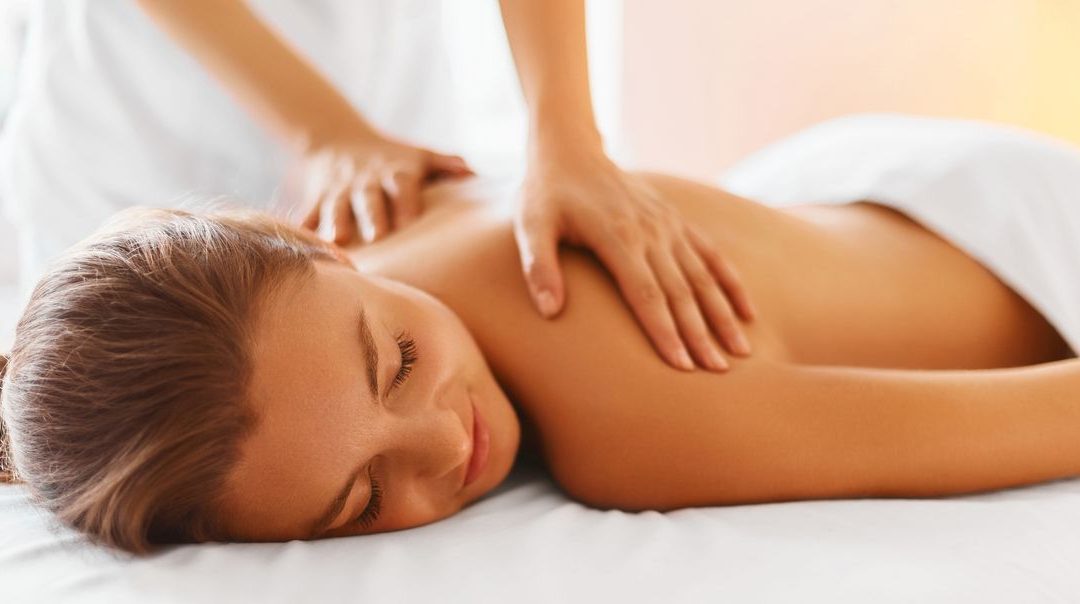Have you ever suffered from a vigorous workout or some type of extreme exercise? Your body probably ached with stiffness and soreness for a couple of days. We all encounter similar situations from time to time. But did you know that most Americans who don’t explore massage therapy regularly experience neck, back, and muscle pain from another more common but less-strenuous activity? Guess what it is? I’d almost bet you’re doing it right now… Sitting. That’s right, sitting.
Chronic back-related pain, which is one of the top reasons for missing work and the second most common cause of disability, can be the result of improper posture while sitting on your way to work, hours spent sitting at your workstation, and improper posture while standing.
Additionally, carrying extra weight, improper and inefficient movement patterns, and repetitive or overuse movements can put a strain on your back, and other areas of the body. These strain patterns often result in improper posture, chronic pain, spasms, tense muscles, and pain in your upper back, hips, glutes, and hamstrings.
So the question is, what relaxes muscles? Let’s talk about Massage therapy and other Muscular Therapies. Massage therapy reduces pain by relaxing tense muscles and increasing flexibility. Massage therapy is also effective for tight painful areas of your muscles called myofascial trigger points. This is a form of ischemia, where the area of the constricted muscles are restricting blood flow and oxygen to the area affected. Massage therapy encourages blood flow to the affected muscles, bringing increased blood flow, oxygen, and nutrients. All of these activities help to reduce swelling, and stiffness and increase flexibility to help eliminate pain. Massage therapy also releases endorphins and boosts your levels of serotonin and dopamine, all hormones your body produces to help you feel good, promote healing and pain management, and calm your nerves.
So overall, the benefits of massage therapy reduce the pain that results from tense muscles Increases flexibility relieves muscle tension and stiffness.
Here are a few other helpful wellness tips: Deep tissue massage therapy focuses on deeper tissue structures in general. The Rolf Method of Structural Integration, commonly known as Rolfing, works by freeing restriction and re-organizing your connective tissues so that your body is organized and freed to stand with better posture and make better efficient movement patterns and ultimately eliminate chronic pain.
So, next time you are tense and tight for any reason: from a workout, your commute, a long day at work, whatever… just know you don’t have to live in pain. Today we all have access to a variety of modalities for muscle tissue improvement and massage therapy.

